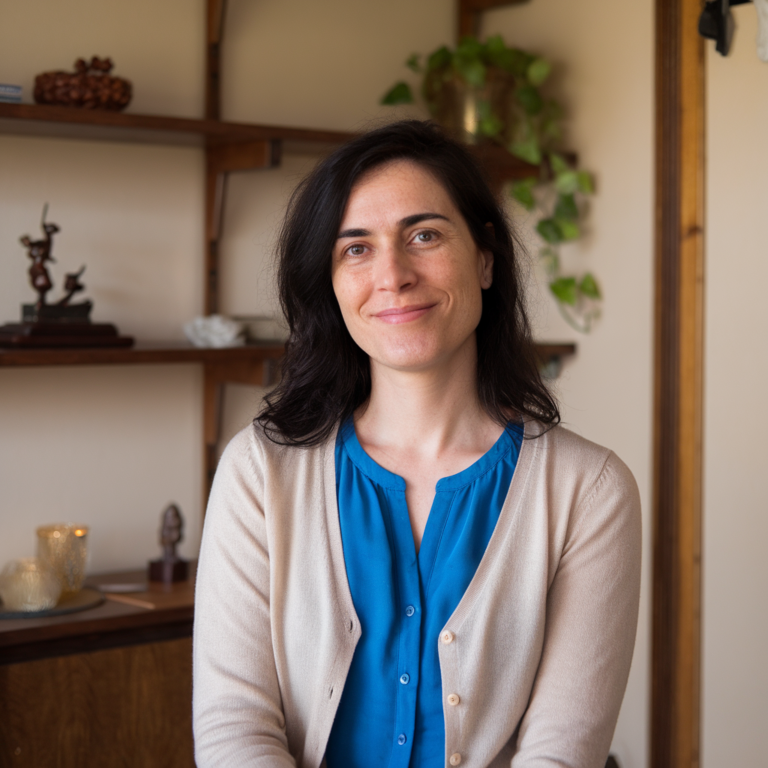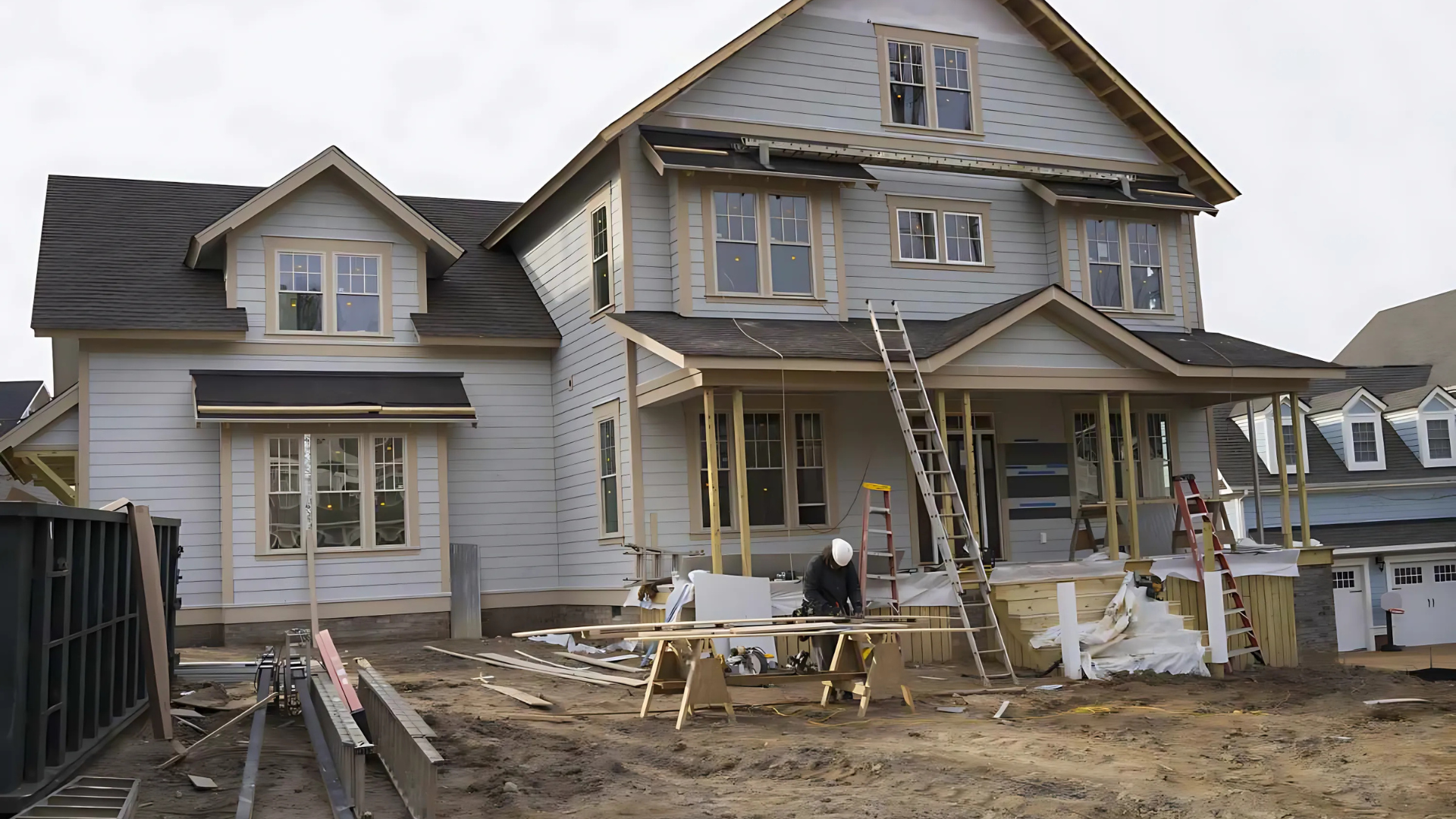When you hear the term nuclear family, you might picture two parents and their kids living together under one roof. But where did this idea come from, and why does it matter today?
I’ve often wondered why this structure is so common in conversations about family, even though families look very different across cultures and times. That difference can make the topic confusing.
In this blog, I’ll walk you through what a nuclear family is, where the concept started, how common it is, and the benefits and challenges it brings.
By the end, you’ll see why some call it essential while others question its place – so is it still the “ideal” family?
What is a Nuclear Family?

A nuclear family is often seen as the classic picture of home life: two parents and their children living together.
It’s a setup that became especially celebrated in the mid-20th century, symbolizing stability, routine, and self-reliance. But the idea goes beyond just who lives in the house – it reflects how families function day to day, share responsibilities, and shape identity.
Understanding the nuclear family helps us see why it was once considered the “ideal,” and why today’s families look much more diverse.
How Common is the Nuclear Family Around the World?
The nuclear family took shape as people left farms for factory jobs during industrialization, making smaller, parent-child households more practical.
After World War II, rising wages, suburban housing, and ads on TV helped turn it into the 1950s “ideal.” The word “nuclear” simply points to the family’s “nucleus”: parents and their children.
Today, how common this setup is depends on the place and the economy. It’s typically more frequent in urban, higher-income regions where mobility and housing patterns favor smaller households, while multigenerational homes remain strong in many cultures and rural areas.
Over time, the share of nuclear families has gone up or down by country, shaped by jobs, childcare costs, housing, and migration.
Nuclear vs. Other Family Structures
Families don’t all look the same, and comparing the nuclear model with other structures helps us understand how different households share space, support, and responsibility.
| Structure | Household makeup | Co-residence | Strengths | Trade-offs |
|---|---|---|---|---|
| Nuclear | Two parents + children | One parent-child unit | Clear routines, privacy, focused resources | Limited on-site help; childcare/costs for two adults |
| Extended | Parents, children, plus relatives | Multiple related generations | Built-in support, shared costs/childcare, cultural continuity | Less privacy; more coordination/conflict risk |
| Joint | Multiple related parent-child units | Several couples/siblings together | Strong labor sharing, pooled income, and deep elder/child care | Complex decisions; larger space needs; role friction |
| Single-parent | One parent + children | One adult leads the household | Strong bonds, fast decisions | High time/financial load on one adult |
| Multigenerational | At least three generations | Grandparents with a parent-child unit | Robust care/support, cost sharing, skill transfer | Space/privacy trade-offs; widespread caregiving expectations |
What Sociologists Say About Nuclear Families
Sociologists study the nuclear family from different perspectives, highlighting both strengths and limits.
- Functionalist view: The family fulfills four purposes – raising children, providing emotional support, passing on culture, and maintaining social stability. It is seen as the building block of society, ensuring order and continuity across generations.
- Feminist perspective: Focuses on gender inequality, noting that women often carry most domestic and caregiving duties. Feminists argue this creates unequal power dynamics and limits women’s opportunities outside the home.
- Marxist perspective: Examines how economic systems shape family roles and reinforce class divisions. From this view, families often pass wealth and privilege down through inheritance, which maintains inequality. I
- Contemporary views: Emphasize diversity, validating blended, same-sex, and chosen families. These perspectives challenge the idea of a single “ideal” family model.
- Overall insight: Family is not fixed; it adapts to cultural, economic, and social changes. Each perspective reveals a different side of how families function in society. This shows that family structures are fluid, shaped by context rather than a universal rule.
Benefits and Drawbacks of a Nuclear Family Structure
The nuclear family has its advantages and disadvantages, and looking at them side by side makes it easier to see where it helps and where it struggles.
| Aspect | Benefits of the Nuclear Family | Drawbacks of the Nuclear Family | What Really Shapes Outcomes |
|---|---|---|---|
| Daily life | Stability and clear routines | Parents may feel isolated without relatives | Quality of relationships within the home |
| Children’s growth | Focused resources and attention for development | A heavy childcare load falls on two adults | Strong outside support networks help balance |
| Finances | Direct control of household spending | Financial risk if one parent loses income | Broader social and economic conditions matter most |
In the end, what matters most isn’t just the structure of the family but the relationships, support systems, and social conditions that surround it.
Debating the Nuclear Family in Modern Society
The nuclear family initiates debate – some view it as outdated and isolating, while others see it as vital for stability and child development.
Critics highlight divorce rates, financial stress, and reliance on extended support as signs that it has “failed.”
Supporters argue it still provides independence, privacy, and focused care for children. What truly shapes its success, however, are policies and economics.
Parental leave, childcare costs, tax breaks, and housing prices all influence whether families can manage on their own.
Nordic countries ease the load with generous programs, while in the U.S., high childcare costs often push families toward multigenerational living.
Practical Tips for Small Households
Living in a small household like a nuclear family can be rewarding, but it also comes with challenges such as limited support and heavy responsibilities.
With the right strategies, families can build stronger networks and create a more balanced home life.
- Build a support web: Connect with neighbors, involve schools, stay close to extended relatives, and engage with community organizations.
- Try care swaps: Trade childcare or simple household tasks with trusted families to make life easier for everyone.
- Have emergency plans: Prepare backup arrangements for childcare, finances, and health needs.
- Prioritize mental health: Seek counseling, join support groups, or practice stress management together.
Nuclear Family Examples in Everyday Media
In the 1950s, TV shows like Leave It to Beaver and Father Knows Best promoted the image of the “ideal family” – a married couple, their kids, and a suburban home.
This picture of the nuclear family became deeply rooted in American culture and was often seen as the standard to strive for.
Today, the media tells a different story. Modern TV and movies highlight many kinds of families – single-parent households, blended families, same-sex parents, and multigenerational homes.
Shows like Modern Family or This Is Us reflect the diversity of real life, showing that families can thrive in many shapes and sizes.
Conclusion
The nuclear family has long been seen as a symbol of stability, but it’s clear that no single model works for everyone.
Families take many forms, shaped by culture, economics, and personal choice. What matters most is the love, support, and care shared within the home, not just who lives under one roof.
I believe that understanding different family structures helps us respect each other’s experiences and build stronger communities.
If you found this helpful, share it with someone who might be curious about the nuclear family. And for more easy-to-read guides on family life and parenting, be sure to check out my other articles.










